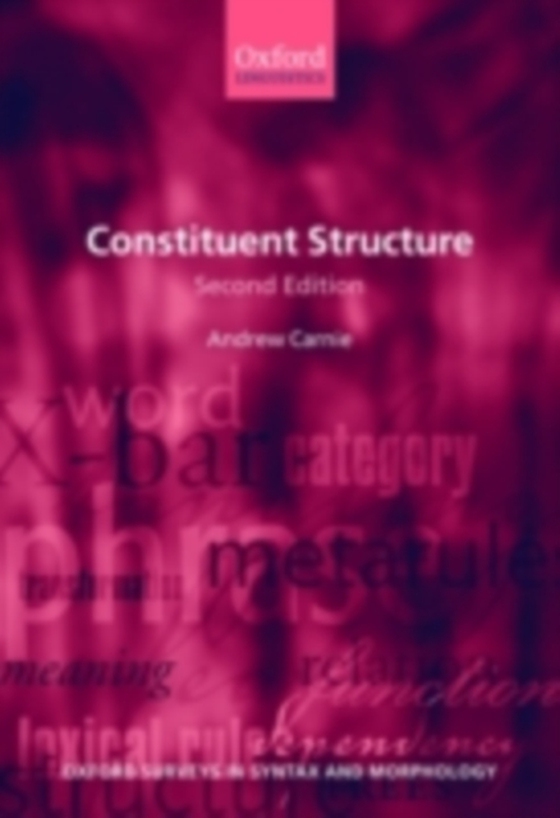
Constituent Structure e-bog
337,32 DKK
(inkl. moms 421,65 DKK)
This book explores the empirical and theoretical aspects of constituent structure in natural language syntax. It surveys a wide variety of functionalist and formalist theoretical approaches, from dependency grammars and Relational Grammar to Lexical Functional Grammar, Head-driven Phrase Structure Grammar, and Minimalism. It describes the traditional tests for constituency and the formal means ...
E-bog
337,32 DKK
Forlag
OUP Oxford
Udgivet
24 december 2009
Genrer
Grammar, syntax and morphology
Sprog
English
Format
pdf
Beskyttelse
LCP
ISBN
9780191573958
This book explores the empirical and theoretical aspects of constituent structure in natural language syntax. It surveys a wide variety of functionalist and formalist theoretical approaches, from dependency grammars and Relational Grammar to Lexical Functional Grammar, Head-driven Phrase Structure Grammar, and Minimalism. It describes the traditional tests for constituency and the formal means for representing them in phrase structure grammars, extended phrasestructure grammars, X-bar theory, and set theoretic bare phrase structure. In doing so it provides a clear, thorough, and rigorous axiomatic description of the structural properties of constituent trees. Andrew Carnie considers the central controversies on constituent structure. Is it, for example, a primitive notion or should it be derived from relational or semantic form? Do sentences have a single constituency or multiple constituencies? Does constituency operate on single or multiple dimensions? And what exactly is the categorial content of constituent structure representations? He identifies points of commonality as well as important theoretical differences among the various approaches toconstituency, and critically examines the strengths and limitations of competing frameworks. This new edition includes textual revisions as well as a new final chapter and ensures that Constituent Structure remains the definitive guide to constituency for advanced undergraduates and graduate students, as well as theoretical linguists of all persuasions in departments of linguistics, cognitive science, computational science, and related fields.
 Dansk
Dansk

